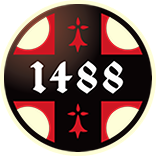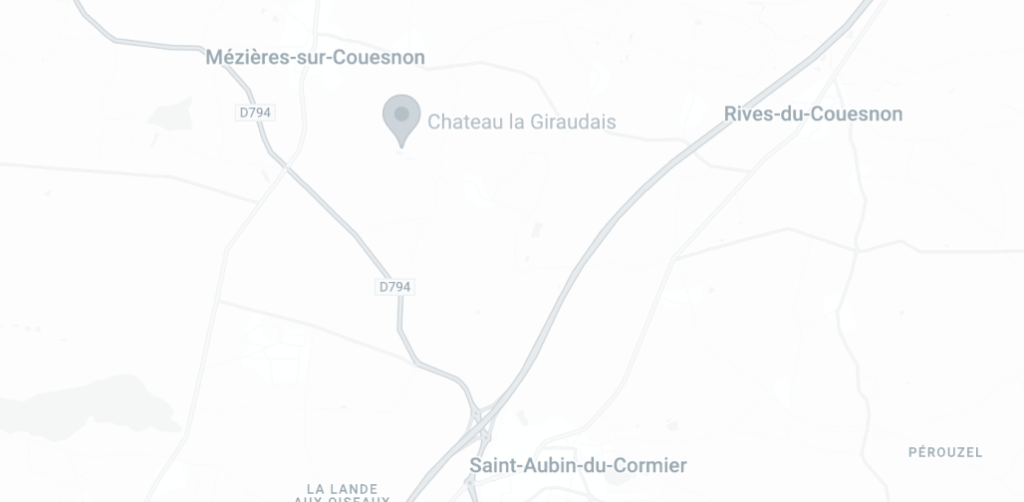
The Battle
of Saint-Aubin-du-Cormier,
A Major Event
in Breton History
The Battle of Saint-Aubin-du-Cormier took place just south of the Château de la Giraudais. Prior to the battle, the armies were positioned as follows: The Breton army was positioned between the Bois d’Uzel and the Forêt de Haute Sève, partly symbolized today on the Koad Sav Pell memorial sculpture park, by a line of standing menhirs. The army of the King of France was positioned along the road that borders the farm of Moroval, still visible, to the west of the Bois de la Chaine and northeast of the current military barracks of the 11th Rama, formerly the 41st Infantry Regiment. Below is a summary of this major battle between the two armies:
On Monday, July 28, 1488, at noon, facing south in great heat, stood the 11,600 men, with horses and cannons, of the independent and sovereign Duchy of Brittany’s army, which included 6,000 Breton soldiers and its English allies (440 archers), Germans and Flemings (800 men), Basques, Spaniards, and Gascons (3,500 men). About an hour later, the 15,000 men of the French army, tired and in disarray, arrived from Saint-Aubin-du-Cormier, including Swiss mercenaries (5,000), Neapolitans, with cavalry and cannons, under the sole command of La Trémoille. Among the Breton commanders, Rieux, who favored harassment tactics over a traditional battle, proposed charging immediately, without allowing the French to form their battle lines, to quickly win the fight and push back the French occupation army, which had already taken several strongholds. However, the generals of this Breton army, lacking a unified command, hesitated and debated, ultimately allowing the French to set up for a more “honorable” combat. This strategic mistake would cost Brittany its independence, facing a seasoned professional army, whose orders were to take no prisoners.
Historians speak of a fierce mêlée followed by a significant massacre… Around 2 p.m., the engagement began with cannon volleys causing substantial damage on both sides. The Bretons, driven by courage and a desire to repel the invaders, managed to push the French back by more than 100 paces. However, under the final French cannon fire, Commander Germain Bhler and his men, attempting to seek shelter, broke the Breton line. Galiota, a Neapolitan mercenary serving Charles VIII, led the French cavalry through this breach to outflank the Breton army. Galiota was killed by a shot from a hand cannon, but his action ultimately led to the Breton defeat: the Breton cavalry, according to historians, performed poorly, and the infantry, trapped in a pincer movement, began to flee northeast toward Mézières-sur-Couesnon. The massacre then began, and by 4 p.m., the battle was over… the French finished off the wounded and the last brave Bretons who continued to fight. Some sources say they pursued the fleeing soldiers far into the night, massacring them on the spot or in the farms where they had taken refuge. The exact number of dead is unclear, but it is estimated that around 6,000 Bretons were killed, and about 1,500 French soldiers lost their lives.
These soldiers, from ten different European nations, were buried in mass graves right on the battlefield, where they still rest today. This battle is considered the one that caused Brittany, under Duke François II, to lose its independence, which was definitively annexed by France in 1532 through a union edict that granted Brittany political autonomy, though its key provisions were scarcely respected by successive French kings. Time has passed, but regardless of our contemporary perspectives or opinions, it is important to remember…








